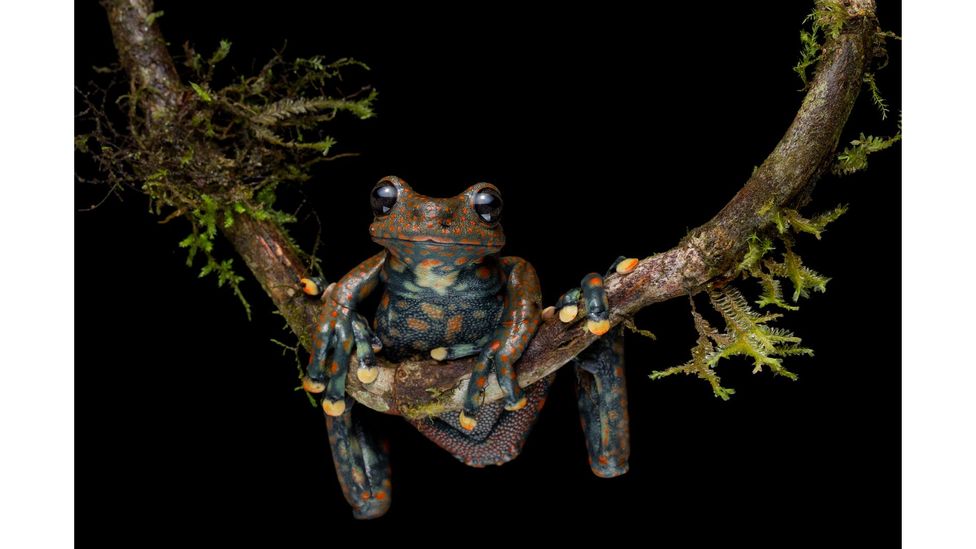"From the towering giraffe to the bright orange and blue rock agama to the deep-sea anglerfish that produces its own light, we live alongside creatures that are a match for anything science fiction writers have imagined to populate alien worlds," writes Graeme Green in his book The New Big 5, published this month. In April 2020, the wildlife photographer launched a project to flip the idea of the "Big 5" of trophy hunting on its head, inviting people around the world to vote online for their five favourite animals to photograph and see in photos; the New Big 5 of wildlife photography, as decided by the public vote, are the elephant, polar bear, lion, gorilla, and tiger.

Spotted torrent frog, Santa Barbara Park, Ecuador, Lucas Bustamante; International Union for Conservation of Nature (IUCN) status: Critically Endangered (Credit: Lucas Bustamante)
Recent comments